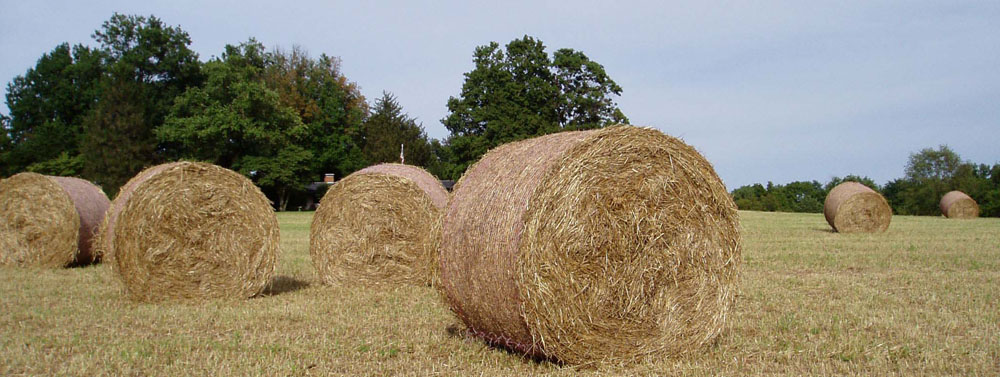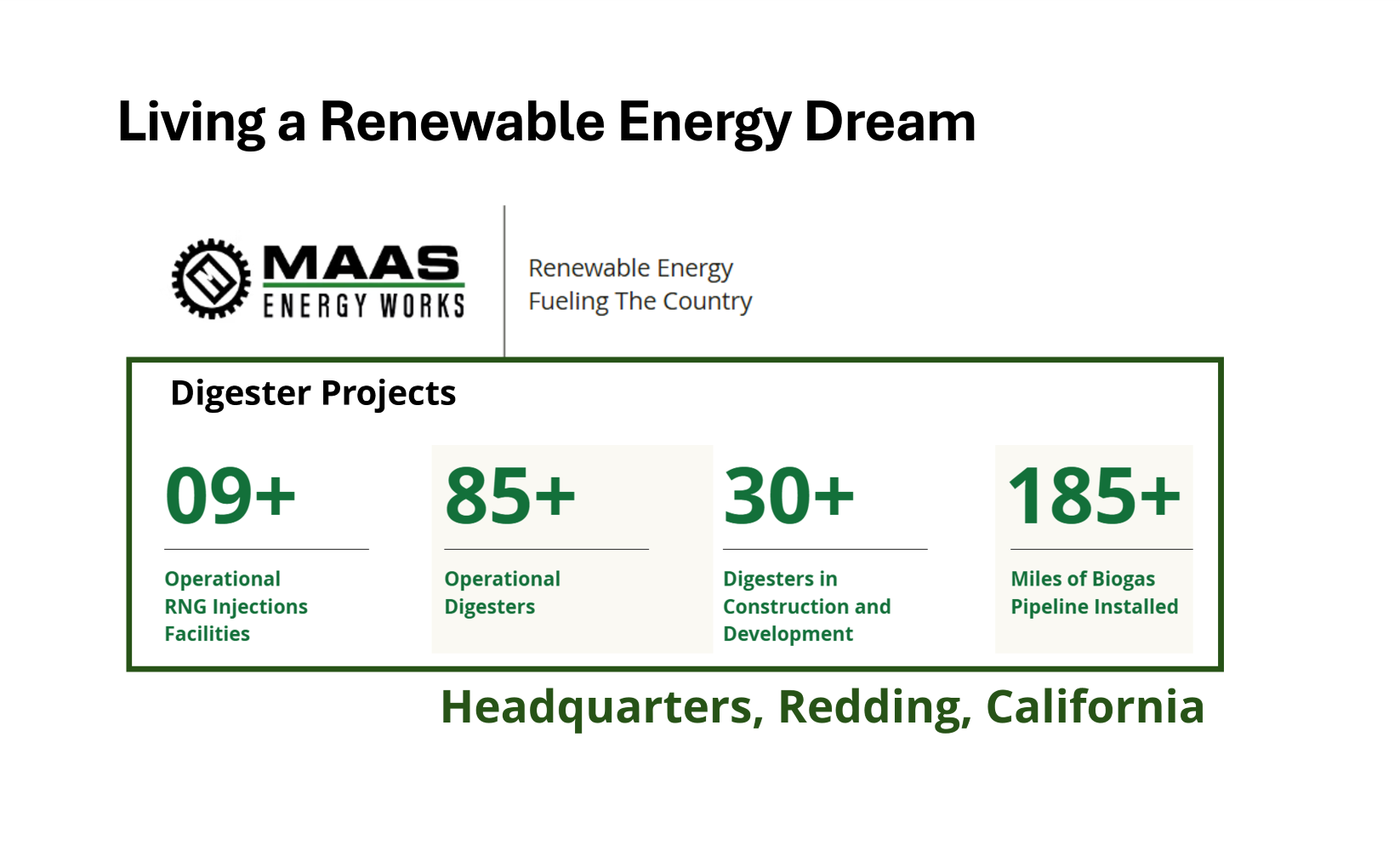Just a Kid in a ‘Biogenic Methane’ Candy Store
While at visiting Simpson University’s Operation Management’s class last week, I received a welcomed education! The day I was visiting Simpson University’s Business Department, so was MAAS Energy Works. Wow! Such a happy convergence.
Twenty years ago, through Biomass Rules, I played a formative role in shaping biomass energy development. I was a carbohydrate drooling advocate for all things bio, but particularly excited about the conversion of liquid organic slops into biogas and nutrients. BioTown, USA in Indiana, and later a study of Californian biomass potential in a Biomass Management Zone study at UC Davis’ California Biomass Collaborative were formative projects. During that time, I also had the privilege of writing the BioCycle, Bioenergy Outlook Column for five years. When I left California in 2012, there were two projects that were running vehicles on their facility-generated, cleaned, biogas. One landfill and one dairy digester. At that time, these seminal projects were game changers.
Historically, the least cost, least revenue market for biogas, or biogenic methane, is as heat. Biogas generated in farm anaerobic digesters is about 2/3 methane (CH4) and 1/3 carbon dioxide (CO2). If ignited, heat from that flame provides a low-cost source of heat at or near the digester. It was not easy to find a local, property-adjacent, demand for direct heat.
Prior to 2012, the ‘brass ring’ market for farm-generated biogas was renewable power. This math was more sophisticated and highly dependent on renewable power prices of the local utility. These energy systems required generators and interconnect agreements and equipment. But while the installation costs were higher, the revenues from power offsets and sales were better than those of simply providing heat.
Cleaning biogenic methane into the equivalent of standard fossil natural gas was a game-changer. Thirteen years ago, there were lots of hopes, but it was not yet truly economically viable.
When I left California, I began a career transition away from developing biomass energy from waste into careers in education, first in Extension with the University of Missouri, and later as full-time teaching faculty at Greenville University.
About the time I left California, MAAS Energy Works was landing there. Over the last decade, they have built the sort of future the younger Mark Jenner, only dreamed about. Imagine my surprise to walk into the solid reality of these statistics off the MAAS Energy Works homepage.
- At least 9 operational Renewable Natural Gas (RNG) injection facilities. These are fossil natural gas equivalent sites that provide biogenic (reusable atmospheric carbon) methane.
- At least 85 operational digesters (EPA AgStar reports 400 farm digesters operating in the US)
- At least 30 digesters under construction and development
- And, at least 185 miles of biogas pipeline installed.
I dropped by Simpson University to share some insights on agribusiness and biomass energy production and also got an education! Thank you, Simpson University!
More than that, it was a validation of important frontier work that was done earlier in my career. Many good things have happened in this field. One of the indicators of a maturing industry is the formation of a trade association. These groups champion industry interests, set standards of operation and quality, and focus communication between firms within the industry. In 2010, the American Biogas Council was formed. Today it is a power house. And their Business of Biogas Conference is this week in St. Louis, Missouri! It is exciting to watch this industry grow.
Growth of the biogas and renewable natural gas industry is a frequent theme of Biomass Rules blog posts. It is the conversion of negative externalities into a profit-generating sector of the economy. Great job, everybody! It was especially fun to be introduced directly to the significant success of MAAS Energy Works in the Simpson University, operations management class, last week. There seemed to be synergies for both Redding-based, MAAS Energy Works and Simpson University.



Comments
Just a Kid in a ‘Biogenic Methane’ Candy Store — No Comments
HTML tags allowed in your comment: <a href="" title=""> <abbr title=""> <acronym title=""> <b> <blockquote cite=""> <cite> <code> <del datetime=""> <em> <i> <q cite=""> <s> <strike> <strong>